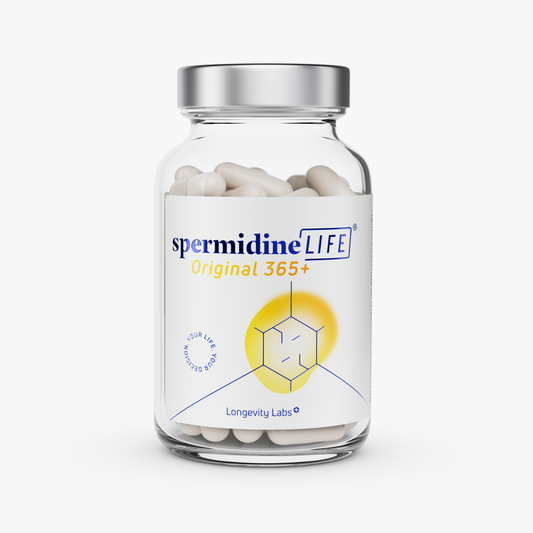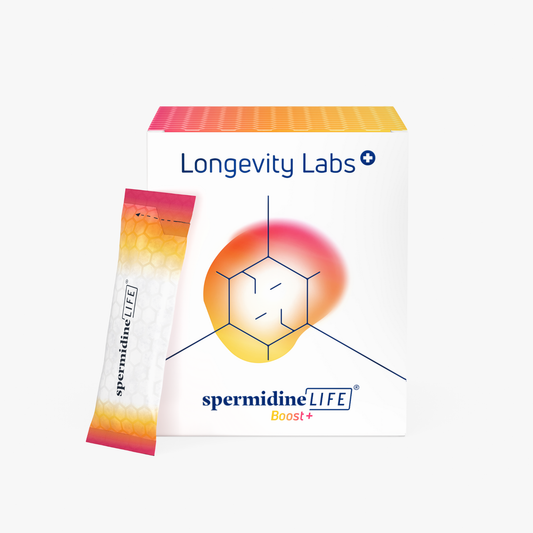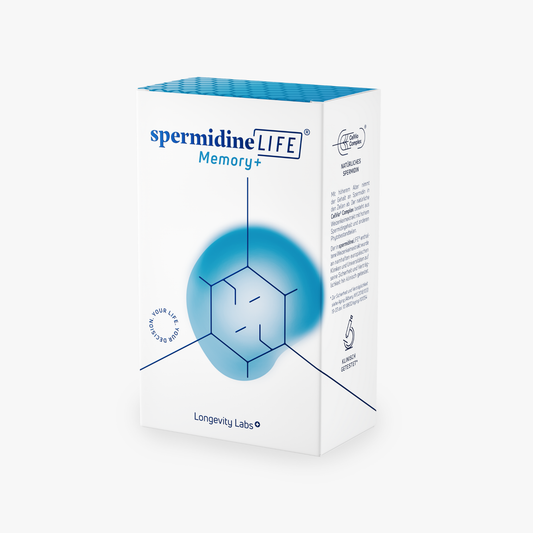
Our cells as power plants: Mitochondria provide the energy for the next year
Science, TLL LongevityLabsBurnt out at the end of a busy year and no plan where to get the energy for 2021? How about the cells? Because, conveniently, we have an infinite number of little cell power plants - the so-called mitochondria - in our bodies that generate energy for us. And we can fire them up with cold.
We have 30 trillion cells in our body, but have you ever wondered how they are powered? Well, we're going to tell you today. Our cells have their own little cellular power plants, the so-called Mitochondria. These are small cell organelles or organs, if you will, of our cells that provide the energy for all activities. The more active the task of a cell, the more mitochondria it has. This is because mitochondria intelligently gather where they are needed. For example, highly metabolically active liver cells have up to 2,000 small cell power plants, and in heart muscle cells, as much as one-third of their total cell volume consists of mitochondria.
Energy from our small cellular power plants
Although they are only about one micrometer in size - they can already be seen under a good light microscope, by the way - there is a lot of space in the little bean-shaped power plants. Enclosed by a double wall, they contain the so-called matrix, also known as "topsoil". It contains the mitochondrial DNA.
While the outer shell, or membrane, protects the mitochondrion and regulates the exchange of substances with the outside world, the inner membrane is lined up with a huge number of miniature power plants. In addition, special transport proteins that control the supply of fuels are located here. These fuels are cleavage products of our food, which are transported by the transport proteins to the inside of the mitochondria. Our mitochondria burn them there to produce energy.
In order to fit all of this into a very small space, the inner membrane of our energy producers is folded. It thus looks like the leaf of the split-leaf philodendron or like a comb. Its name is also derived from this image: Cristae - which comes from the Latin word "crista" and means comb.
Mitochondria are bioenergetic factories and produce our energy carrier: adenosine triphosphate, or ATP for short - something we have in common with all living things. In very simplified terms, a kind of oxyhydrogen reaction occurs here in which a lot of energy is released and stored in the ATPs.
The body's own energy production explained scientifically
It works like this: Negatively charged electrons - fission products of our food - are passed on to an oxygen molecule in the mitochondria via a cascade of four different enzyme complexes that sit on the inner membrane. In each case, a little energy is released, which is absorbed by the ATPs. The oxygen (O2) and negatively charged electrons (e-) are then joined by positively charged protons in the form of hydrogen (H+). This triggers a small explosion of oxyhydrogen - well dosed, of course, so as not to cause a super-GAU. The particles react with each other, combine to form water (H2O) and release further energy in the process. If you want to know exactly how this happens chemically, here is the equation: O2 + 4 e- + 4 H+ à 2 H2O.
Because oxygen is consumed in this process, scientists have christened the process the "respiratory chain." The ATPs then store about 40% of the energy released by the respiratory chain in a chemical compound. The remaining 60% is lost as heat. If this compound is cracked at a later time, the stored energy is released again. This is similar to the well-known bendy lights that are often distributed at celebrations such as New Year's Eve. If you bend them, the substances inside react with each other and they start to glow - so the energy is released.
It's a pretty clever trick that nature has come up with here to supply our cells with energy. But it doesn't work entirely without support. In order to function properly, our mitochondria need electrons and protons, which, as already mentioned, they get from fission products of our food from our food. And for this - you already guessed it - we should eat eat healthy.
Cell damage due to free radicals
In addition, as additional products of this energy production process, the already known - and unfortunately harmful in quantities - free radicals are produced. free radicals. For if oxygen is erroneously enriched with only one electron instead of two, it is called a "free radical". As reported here reported, the free radicals perform an important function in the body, but should be kept in balance to avoid causing damage. If you want to refresh your memory, you can read more details in the article.
How else can we support our mitochondria in their hard task and thus ensure energy supply? Well, quite simply: by looking at our cells, because mitochondria are part of our cells. This means we should pay attention to sufficient exercise and stress reduction, in addition to the healthy diet already mentioned.
Tips for healthy cells
In keeping with the season, we also have a special tip for you: With cold training you can boost your energy production! Cold stimulates the main switch of our energy metabolism, PGC-1-alpha, which not only activates our mitochondria, but can also stimulate an increased formation of mitochondria.
What do you have to do for this? It's best to take a short walk barefoot in the snow several times a week - or for lower-lying homes, on the cold grass in your backyard. Alternatively, you can try a cold shower. It takes some effort, but it activates our smallest energy power plants as well as waking us up and stimulating our circulation. circulation stimulates the circulation. Cold is the right keyword here, because it doesn't have to be ice cold. In fact, even a regular cool shower helps to stimulate the mitochondria and supply us with valuable energy.
As with the mitochondria's explosion of oxyhydrogen gas, it's all about the dosage: First approach slowly to stimulate the immune cells not to completely overtax the immune cells. A few seconds of cold showering at the end or a short walk in the garden are enough.
By the way, if you want to know more about the healing power of cold, we recommend the book by Dr. Josephine Worseck, which was published in 2020. "The Healing Power of Cold - Using Cold to Strengthen the Immune System, Reduce Stress and Become More Efficient". If you want to learn more about the function of our cells and the mitochondria as energy producers, you can read the book by Nina Ruge and Dr. Dominik Duscher, MD. "Aging becomes curable-staying young with the power of the three cellular competencies" also published in 2020.






